25 Jan
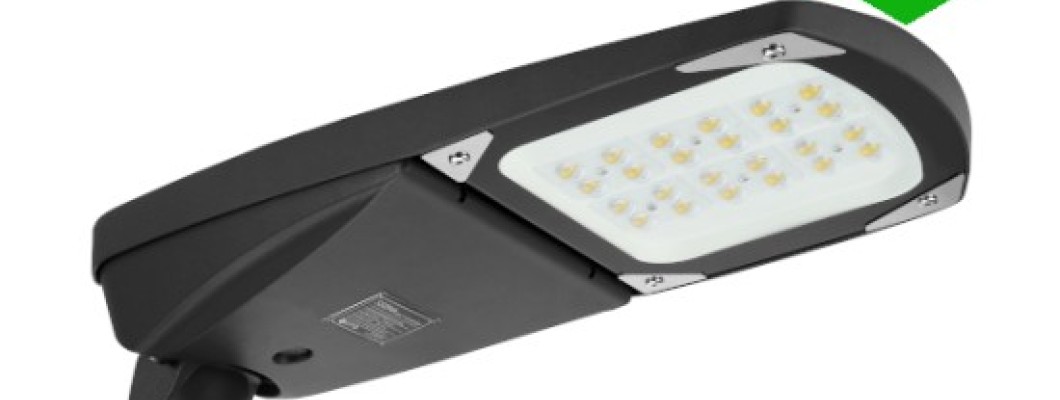

What Does "Dark Sky Compliant" Mean?
Lighting that is specifically made to reduce light pollution by reducing the quantity of light released into the environment either sideways or upward is referred to as "Dark Sky Compliant." Reducing the detrimental effects of artificial illumination on ecosystems, the night sky, and human health is the aim. In order to guarantee that lighting is only directed where it is required, such as on walkways, streets, or certain places, Dark Sky Compliant lights are usually shielded, energy-efficient, and use low colour temperature bulbs.
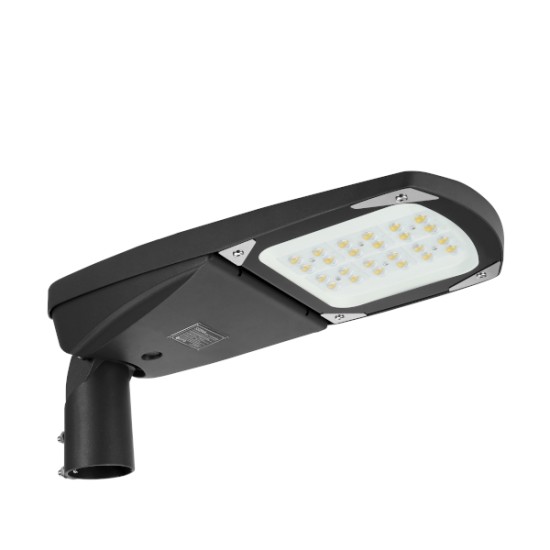
Where Can Dark Sky Compliant Lighting Be Used?
Dark Sky Compliant lighting can be used in various outdoor settings where reducing light pollution is important. Common applications include residential areas, parks, gardens, walkways, driveways, commercial properties, street lighting, and campgrounds. It is particularly important in areas near nature reserves, observatories, or rural locations where light pollution can have significant ecological and aesthetic impacts. Anywhere outdoor street lighting is necessary, Dark Sky Compliant solutions can be used to help minimize unnecessary light spill.
What is the Colour Temperature for Dark Sky Compliance?
For Dark Sky Compliance, the recommended colour temperature is typically 3000K or lower. This range provides a warm, amber light that reduces blue light pollution, which can disrupt ecosystems and human circadian rhythms. Lights with a colour temperature above 3000K, such as cooler white or blue-toned lights, tend to scatter more and contribute significantly to light pollution. Therefore, choosing lights with lower colour temperatures ensures both compliance with dark sky standards and a less intrusive, more natural lighting environment.

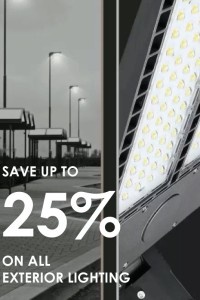
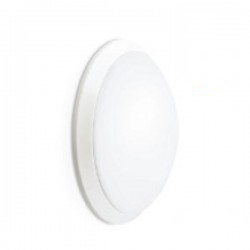
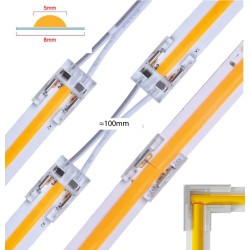
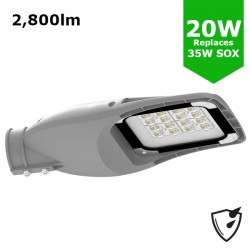
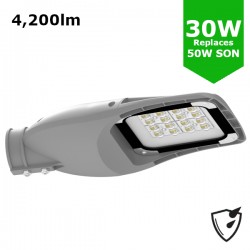
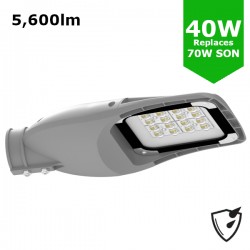
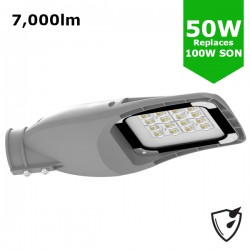
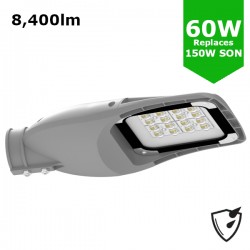
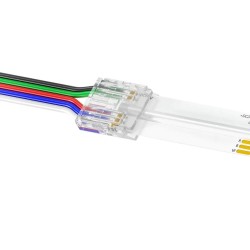

Leave a Comment